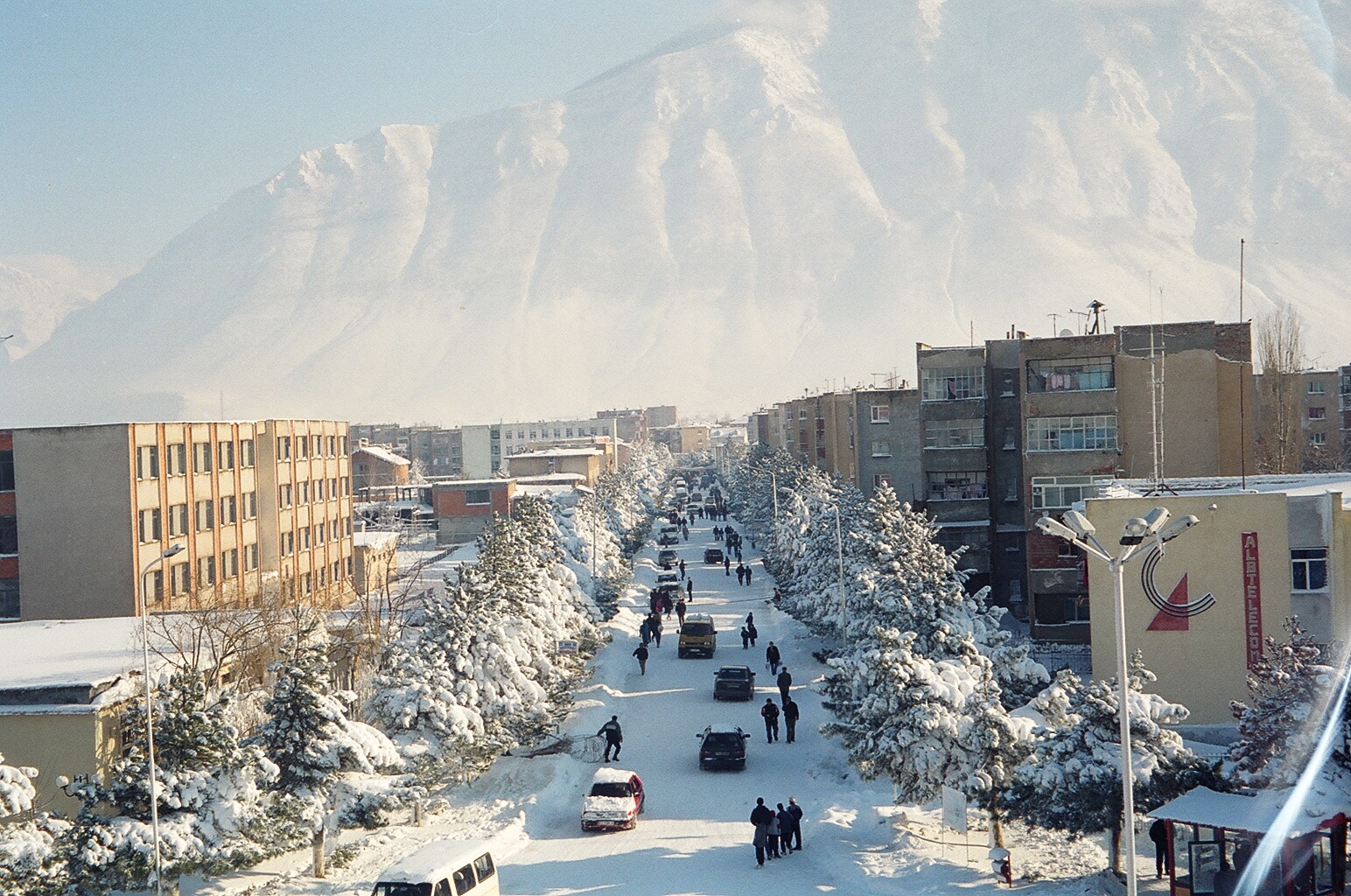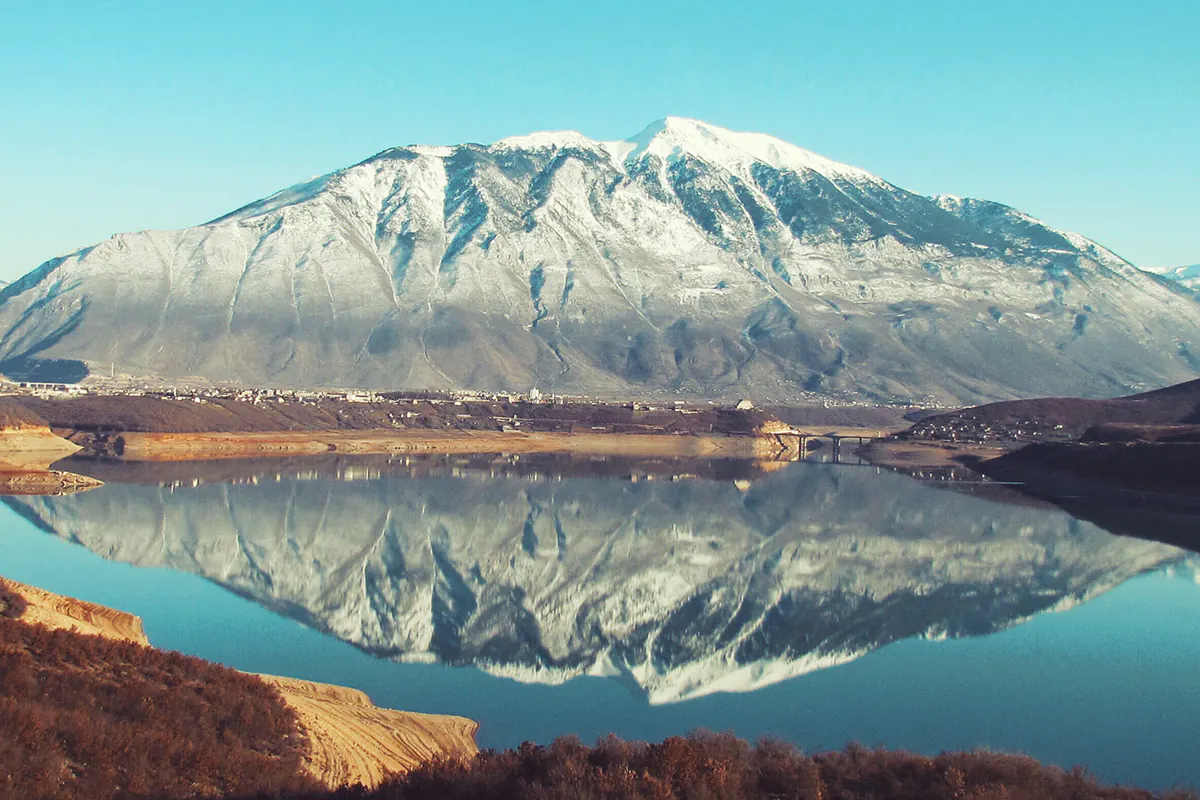Key Takeaways
- Kukës County symbolizes resilience and natural beauty amidst challenging terrains and historical upheavals.
- It features diverse landscapes including Albanian Alps, glacial lakes, and fertile valleys, perfect for outdoor adventures.
- The region holds a rich history, from Illyrian roots to its role as a refuge during the Kosovo War.
- While facing economic and demographic challenges, Kukës embraces sustainable development and tourism as growth avenues.
- Natural and cultural tourism, infrastructure improvements, and community resilience showcase Kukës’s bright future.
Kukës County stands as a testament to resilience, nestled in the rugged northeastern corner of Albania. *With its breathtaking landscapes, profound history, and vibrant culture,* this region embodies strength and natural beauty. It has long been a gateway into Albania, sharing borders with Kosovo and North Macedonia, making it a strategic and historically significant area.[More about Kukës geography](https://example.com/geography-kukes)
Geography and Location: Kukës County’s Diverse Landscapes
Kukës County is a paradise for adventure lovers and nature enthusiasts alike. Its landscape is a vivid mosaic of rugged peaks, gentle meadows, and serene glacial lakes. The Albanian Alps dominate its terrain, with steep gorges carving their way through the mountains, creating a striking visual tableau. The winding paths of the Drin River valley add to the region’s ecological richness, offering both scenic beauty and essential waterways.
Within this diverse terrain, natural landmarks such as Lake Fierza, an artificial but stunning lake, attract those interested in fishing, water sports, and peaceful retreats. Gjalica Mountain entices hikers with its expansive vistas and lush trails. These sites form a tapestry of adventure, ecology, and tranquility, drawing explorers from around the world.[Learn more about Kukës landscapes](https://example.com/geography-kukes)
The Rich History of Kukës County
The history of Kukës is a layered narrative of conquest, resilience, and refuge. Originating from the ancient Illyrians, the region later came under Roman influence and then the Ottoman Empire, each leaving a mark on its cultural fabric. The resilient spirit of Kukës was vividly exemplified during the Kosovo War in 1999, when it served as a sanctuary for thousands fleeing conflict. Its ability to provide refuge illustrated the strength and compassion rooted in its communities.[More on Kukës history](https://example.com/history-kukes)
Beyond its history of struggle, Kukës boasts a vibrant cultural scene. Traditional music and lively dances are part of community gatherings, while local costumes and culinary traditions preserve the region’s unique identity. Craft industries such as woodcarving and weaving have been passed down through generations, creating a living museum of cultural expression amidst the rugged landscapes. This blend of past and present makes Kukës not just a place of historical significance but a living testament to resilience and cultural continuity.
Kukës County Demographics and Population Dynamics
The population of Kukës is predominantly ethnic Albanian, with minorities reflecting neighboring regions. Like many rural areas, it has experienced population decline due to emigration in search of better opportunities. Young people often leave seeking employment, impacting local communities and traditional ways of life.[More on Kukës demographics](https://example.com/demographics-kukes)
Despite this, Kukës retains a rich cultural mosaic influenced by its geography and historical interactions. Its traditions, customs, and social practices have adapted over time, reflecting resilience and community strength. While the number of residents is relatively small, the cultural richness and sense of identity remain vibrant, fueling hopes for sustainable development.[Learn more about demographic trends](https://example.com/demographics-kukes)
Economy and Industry: The Development of Kukës County
The backbone of Kukës’s economy is grounded in agriculture and livestock farming. Fertile soils and lush meadows support organic dairy and meat production, which are vital for local consumption and trade.[More on Kukës economy](https://example.com/economy-kukes)
Small industries based on natural resources, such as mineral extraction and timber processing, are also important. Remittances from the Albanian diaspora play a significant role, helping sustain many families and contributing to local livelihoods.[Economic development efforts](https://example.com/economy-kukes)
In recent years, tourism has emerged as a promising sector. The region’s wild landscapes, cultural traditions, and outdoor activities offer great potential for sustainable growth. Initiatives focused on eco-tourism and community-based projects aim to diversify Kukës’s economy while preserving its natural and cultural heritage.[Explore economic prospects](https://example.com/economy-kukes)
Tourism in Kukës County: Exploring Nature and Culture
Tourism is gaining momentum in Kukës, attracting visitors eager to explore its pristine landscapes and rich traditions. The Albanian Alps, with their towering peaks, invite hikers and adventurers to traverse authentic trails. Lake Fierza offers peaceful spots for fishing and boating, while historic towns provide cultural immersion.[Discover more about Kukës tourism](https://example.com/tourism-kukes)
Participating in local festivals, engaging with traditional music and dance, and visiting craft markets are integral parts of the visitor experience. Many events showcase Kukës’s vibrant cultural identity, offering travelers both adventure and immersion in authentic Albanian traditions. These tourism activities not only enhance regional pride but also provide economic opportunities for local communities.
Infrastructure and Transportation Enhancements in Kukës County
Recent investments in roads, utilities, and airport facilities have improved Kukës’s accessibility. The development of Kukës International Airport has opened new doors for international visitors and investment. Likewise, upgrades to local roads facilitate easier travel within the region, boosting tourism and commerce.[See ongoing projects](https://example.com/infrastructure-kukes)
These improvements aim to foster economic development, improve living standards, and promote sustainable tourism. Enhanced infrastructure is crucial for connecting Kukës to Europe and supporting its future growth plans.
Challenges and Development: A Path Forward for Kukës County
Kukës faces challenges such as unemployment, environmental concerns, and population decline. Addressing these requires coordinated efforts from government, international agencies, and local communities to develop sustainable solutions.[Development initiatives](https://example.com/development-kukes)
Strategies include expanding eco-tourism, investing in education and skills training, and promoting green industries. Projects aimed at environmental preservation and social development are central to ensuring Kukës’s resilient future. The region is gradually forging a path toward sustainability and prosperity through these collective efforts.
Conclusion: Kukës County Awaits Your Exploration
With its captivating landscapes, rich cultural tapestry, and resilient communities, Kukës County invites explorers and adventurers alike. Whether hiking in the Albanian Alps, discovering ancient traditions, or contributing to sustainable growth, visitors become part of Kukës’s ongoing story of resilience.[Explore Kukës](https://example.com/explore-kukes)
Supporting local tourism and community initiatives helps ensure that Kukës’s natural and cultural riches are preserved for future generations. This region is more than a destination — it is an embodiment of endurance, beauty, and hope. Come and discover the hidden treasures of Kukës County, where the heart of northeastern Albania beats strong and proud.




